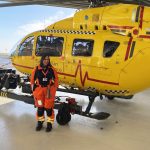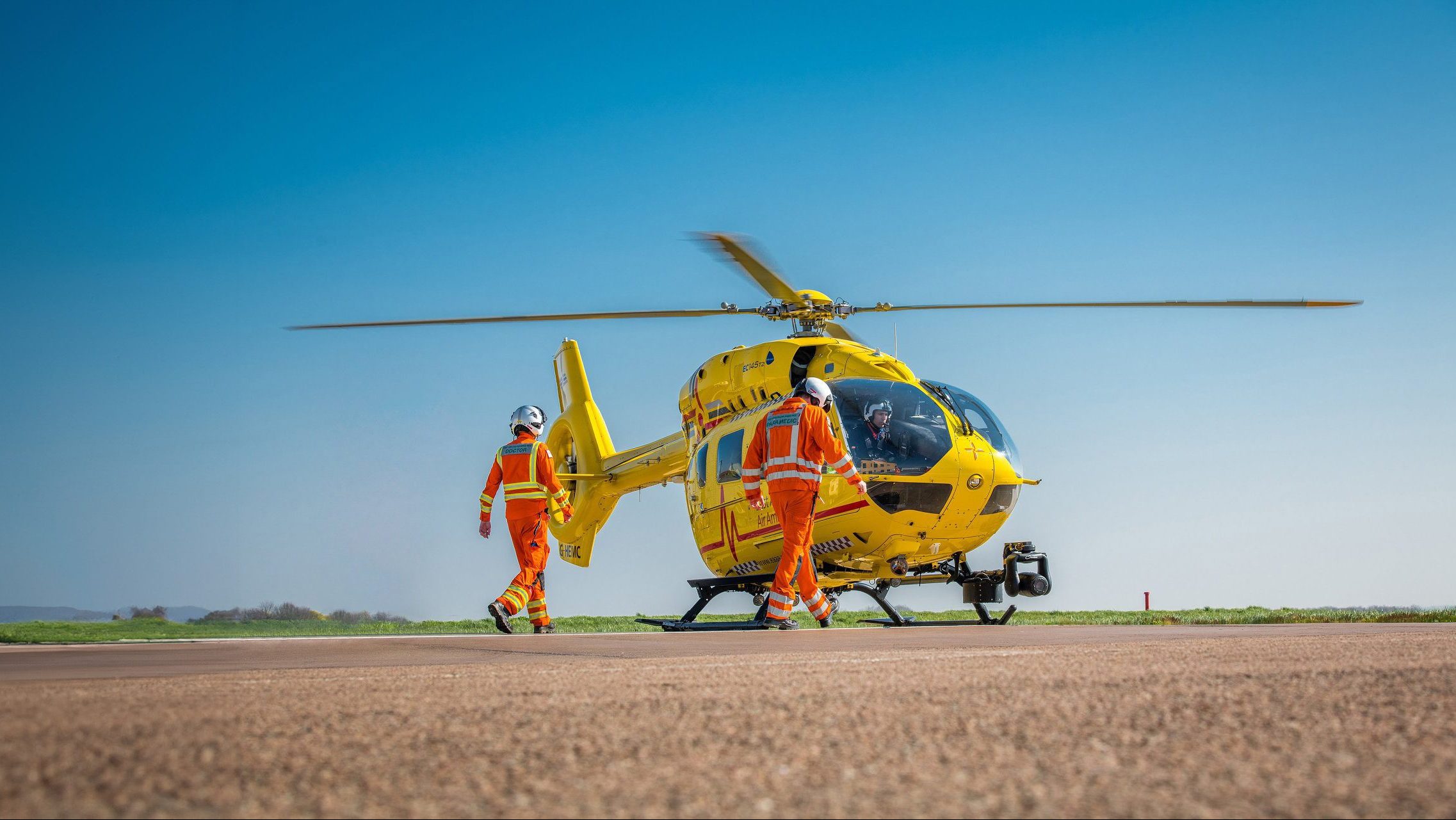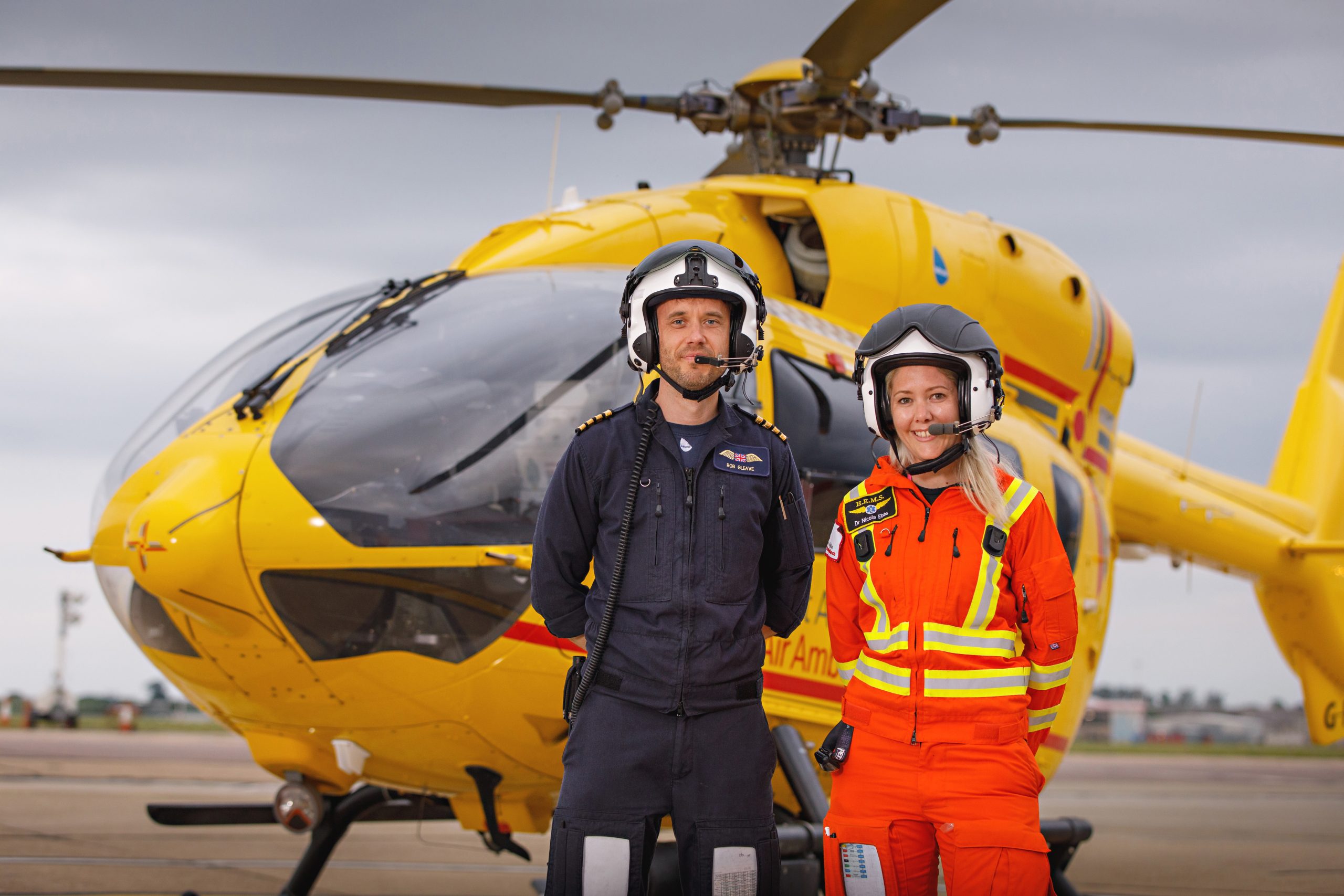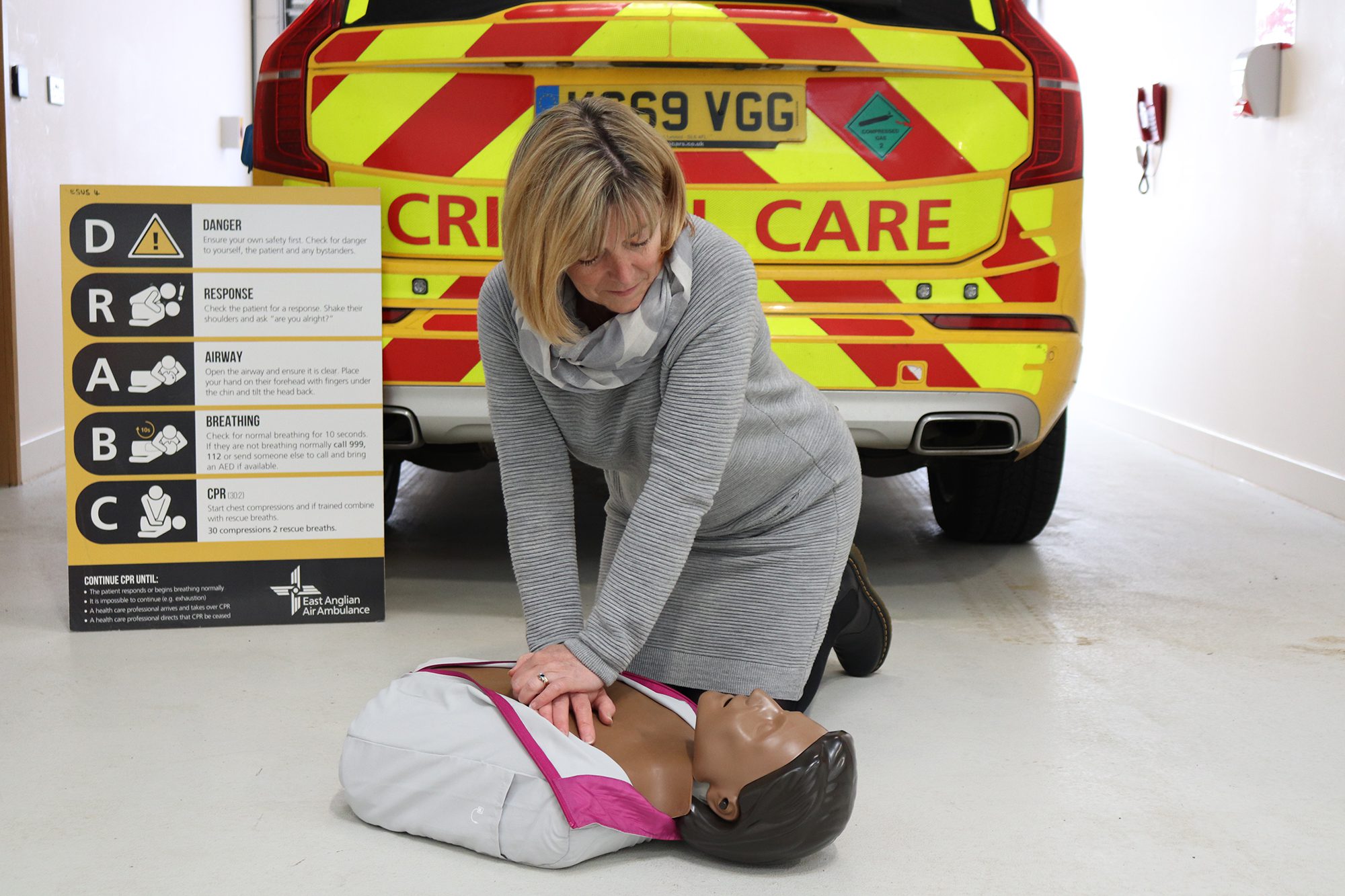19 Jul 2023
Rural landings: How we land in the countryside
To mark #FarmSafetyWeek 2023, we are sharing our considerations when tasked by helicopter near agricultural land.
As a largely rural region, many of the HEMS missions we are tasked to in the east of England may be in countryside locations where farms, people and livestock are present. While we aim to reach the patient in the quickest time possible, we always carefully consider the best location to land and ensure we ‘fly neighbourly.’
When approaching the location of a patient in need, our crew will first recce the area and consider the ‘Five S’s and a D’ of a potential landing area: Size, Shape, Slope, Surface, Surround, and Downwash.
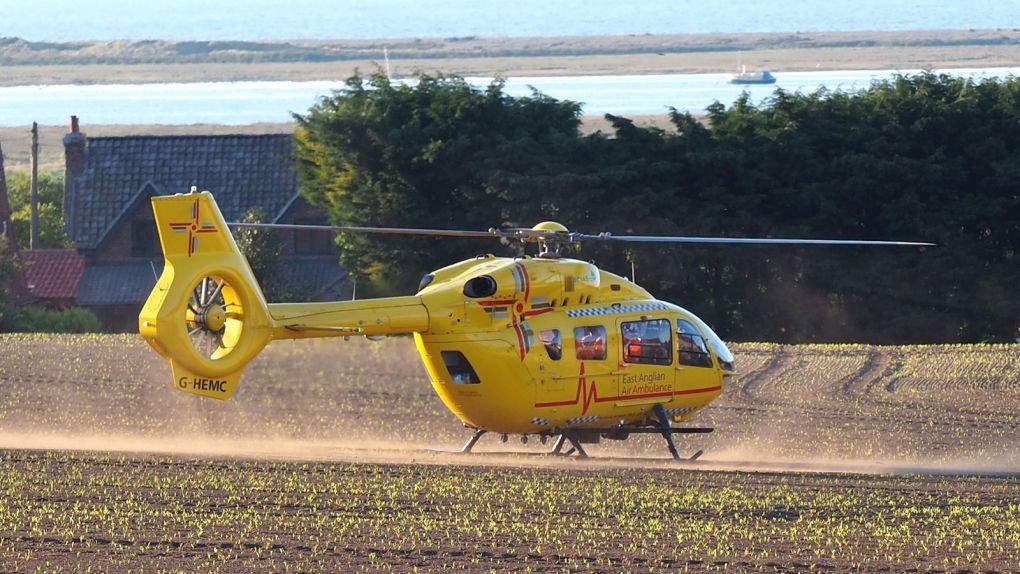
Photo credit: John Stevens
We avoid flying or landing near livestock, including cattle, chicken farms and horses, especially if there are horse riders, to avoid scaring livestock, which could result in injuries and distress.
Standing crops are also an important consideration. If there are two fields next to each other; one with crops and one without, we will land in the one without. If there are no empty fields, then we will make every effort to land on tracks/tramlines to minimise damage to crops. We will also attempt to land clear of structures, such as fences, barns or equipment, which may be at risk of damage or blowing over. In a small minority of tasks, we may have no option other than to land in crops for our crews to try to save a life. It’s not a decision we take lightly and will make every effort to minimise damage.
Other areas we are very mindful of include noise-sensitive areas and protected wildlife areas.
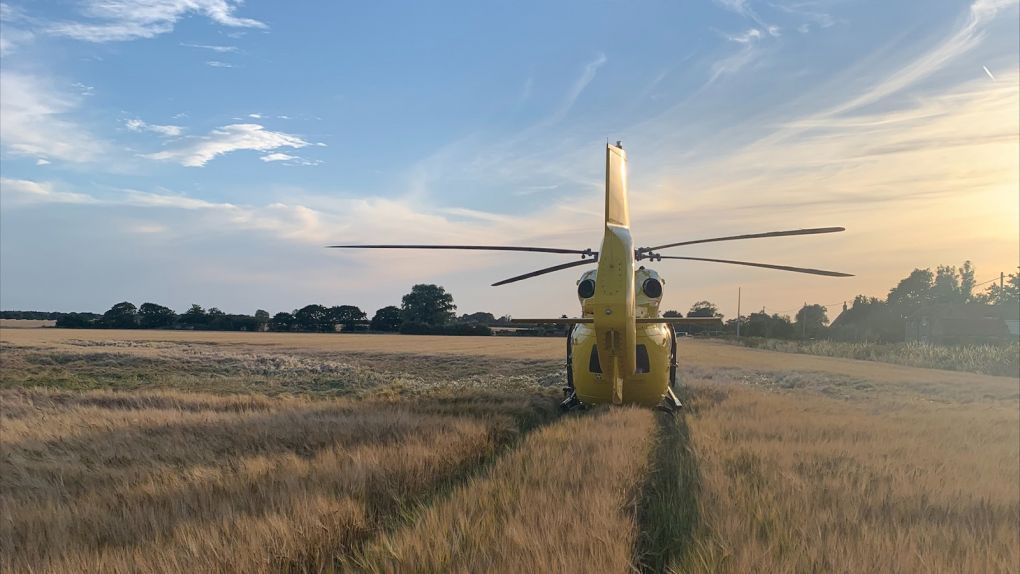
We were the first air ambulance in the country to attend helicopter emergency medical incidents in the hours of darkness to unknown and unlit sites. We use specialist equipment, including Night Vision Imaging System (NVIS) and night-vision goggles to look out for potential hazards and anything which may be impacted by our landings.
We always endeavour to protect property and livestock, and we are so grateful for the support and understanding of our farming and agricultural communities.
Together we save lives.



